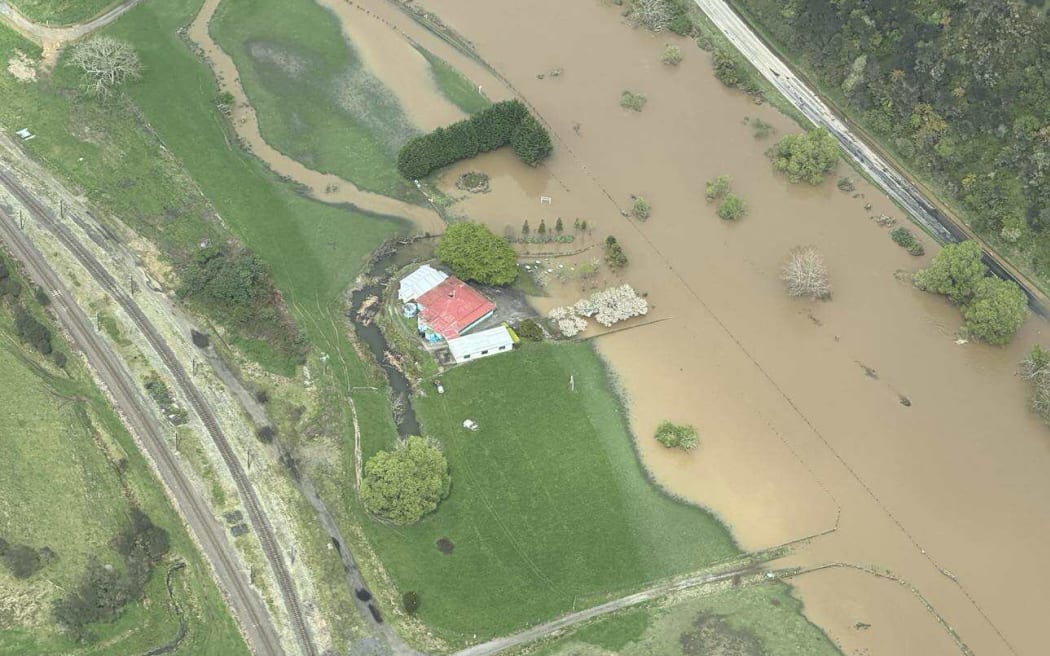Analysis: Property owners, councils and insurers hoping for resolution to the decades-long debate over who should pay for climate adaptation will have to keep waiting, as the Government’s four-page National Adaptation Framework does not answer that question in detail.
There will be relief in some quarters that the Government has not followed the advice of its Independent Reference Group on adaptation in ruling out any central government buyouts of properties affected by extreme weather from 2045.
But nor does the plan explicitly do what National promised on the campaign trail in 2023 and what the Government has said since: Cover ways to “provide certainty for property owners and ensure any support is predictable, principled and fair. This includes clarity about the Government’s response and the roles of insurers, local government and other groups.”
Instead, the document is four pages long, listing a set of new and existing policies under four pillars: Information sharing, roles and responsibilities, investment in risk reduction and cost-sharing pre- and post-event.
The final pillar has just two actions, to introduce a levy system which will see councils charge developers to help cover the costs of servicing housing and population growth over the long term and to “deliver new tools to support government recovery decisions following significant severe weather events”.
Neither of these provides clarity about the respective roles of central and local government, insurers and property owners in recovering from events like Cyclone Gabrielle. Extreme weather is expected to become more common and more damaging as climate change worsens. Already, 219,000 homes with a collective value of $190 billion are in coastal and inland flood zones.
The cost-sharing pillar does state, as its core principle, that “the expected costs from natural hazards like floods and storms, and the costs of adapting to them, are shared across society and over time”.
But this still leaves those with the purse strings (or those with little cash but significant climate risk) with no clear answers about who will pay to protect infrastructure and who will pay to repair it (or to move whole communities) after it is damaged. More than 1000 homes in coastal flood zones are expected to experience major damage (defined as 20 percent or more of the structure being affected) from extreme weather in the next 25 years, totaling $900 million in costs.
The Government’s Independent Reference Group had proposed a 20-year transition period, ending in 2045, after which there would be no buyouts for property owners. Hardship assistance would be available but it would not be linked to property prices.
“There is an expectation central and local government will step in to cover costs for individual homeowners, despite the fact that there is no legal or policy framework to require or guide these decisions,” the group wrote.
“In the past, local and central government have offered buyouts of up to the full value of properties affected by natural hazards. These decisions reduce incentives for people to understand and manage their own risk, can distort property prices, and have given rise to an expectation that buyouts will continue, creating a moral hazard.”
A different panel of experts, the Expert Working Group on Managed Retreat commissioned by the previous government, landed on a different solution. It said central government assistance should continue, but that it should distinguish between owner-occupied homes (which might get full support) and baches or rental properties. Costs could also be shared through a levy or a fund built up by levy and general tax revenue.
While the two groups had different scopes (the earlier group focused only on planned relocation of homes and communities, while the more recent Independent Reference Group looked at all adaptation issues), both agreed clear expectations and systems were needed to lay out how this would all be funded.
That is what is missing from the National Adaptation Framework, although Climate Change Minister Simon Watts noted in releasing the document that it would be updated as further decisions were taken.
“We will keep building on these foundations over time, including taking further decisions on issues such as cost-sharing. It is important we take time to work through all these issues to ensure this framework can endure,” he said.
Aside from cost-sharing, the framework does unveil some issues the Government has made progress on.
A new National Flood Map will be assembled from local and regional data and made freely available to the public. The Climate Change Response Act will be amended to require councils to create adaptation plans for high-priority areas. Councils will also be regulated to ensure they weigh up the costs and benefits of adaptation for their communities.
“New Zealand’s first-ever National Flood Map will show where flooding is likely to happen, both now and in the future as a result of climate change. We’ll make the map readily available, to make it easy for anyone to look up and understand their risks,” Watts said, noting a first take would be published by the end of the year.
“Adaptation can’t happen in a silo. We’re taking action across the whole system, to sharpen our focus and make sure we are building in resilience as part of strengthening and growing our economy.”

